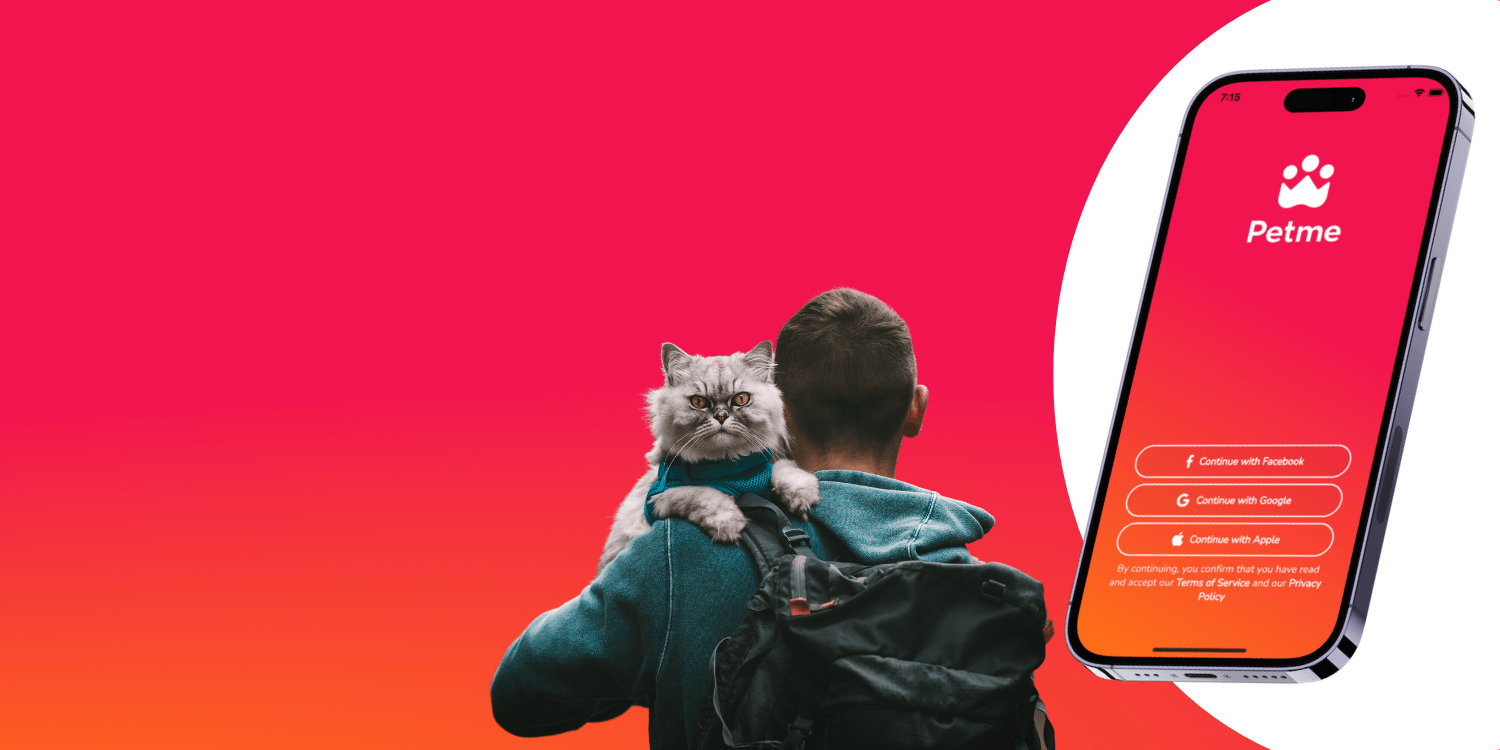Why do cats purr?
Have you ever wondered why cats purr? It’s a common behavior that we often associate with contentment and happiness, but there’s actually much more to it than that. Cats purr for a variety of reasons, and their purrs can have a number of beneficial effects on their health and well-being.
Contents
The Sounds of Comfort
Kittens start purring when they are just a few days old to let their mothers know where they are and to attract their attention at feeding time. This early purring is essential for their development and survival. As cats grow older, they continue to purr for a variety of reasons. Adult cats purr when they are happy, content, or to ask for food. They may also purr when they are injured or stressed, as purring can have a calming effect.
The Science of Cat Purring
The purring sound is produced by the rapid vibration of the cat’s vocal cords. This vibration is thought to be caused by the movement of air through the cat’s larynx. The purring frequency is typically between 25 and 150 Hertz, which is within the range that humans can hear.
In addition to the sound, purring also produces vibrations that can be felt throughout the cat’s body. These vibrations are thought to have a number of beneficial effects on the cat’s health.
Benefits of Purring
One of the most well-known benefits of cat purring is that it can help to reduce stress and anxiety. The vibrations of purring have been shown to release endorphins, which have mood-boosting and pain-relieving effects. Purring can also help to improve blood circulation and reduce muscle tension.
In addition to these psychological and physiological benefits, a cat’s purring may also have some healing properties. The vibrations of purring have been shown to stimulate bone growth and repair, and they may also help to reduce inflammation.
Is Purring a Form of Communication?
Some experts believe that purring is a form of communication for cats. The pitch and intensity of a cat’s purr can vary depending on the situation, and it is thought that these variations may convey different messages. For example, a cat may purr softly when it is content, while it may purr more loudly when it is injured or in pain, or during her heat cycle.
Cat Purring: A Natural Remedy
Purring is a natural behavior that cats have evolved for a variety of reasons. It is a way for them to communicate, self-soothe, and even heal. If you have a cat, you may have noticed that they purr when they are happy or content. However, they may also purr when they are injured or stressed. If you notice your cat purring excessively or if they seem to be in pain, it is always best to consult with a veterinarian.
Conclusion
Cat purring is a fascinating and complex behavior that has been studied by scientists for many years. While we still don’t fully understand all of the reasons why cats purr, we do know that it is a beneficial behavior that can have a positive impact on their health and well-being.
FAQs
- How loud can a cat purr?
The pitch and intensity of a cat’s purr can vary depending on the situation. However, some cats can purr as loud as 100 decibels, which is about the same as a lawnmower.
- Can cats purr underwater?
Yes, cats can purr underwater. The vibrations of purring are produced by the movement of air through the cat’s larynx, and this movement can continue even when the cat is submerged in water.
- Can cats purr in their sleep?
Yes, cats can purr in their sleep. This is thought to be a way for them to regulate their body temperature and to stay calm and relaxed.
- Can humans purr?
While humans can make a sound that is similar to a cat’s purr, it is not the same thing. Human purring is produced by the vibration of the vocal cords, while cat purring is produced by the movement of air through the larynx.
- What is the world record for the longest purr?
The world record for the longest purr is held by a cat named Tara from the United Kingdom. Tara purred for 12 minutes and 30 seconds.




